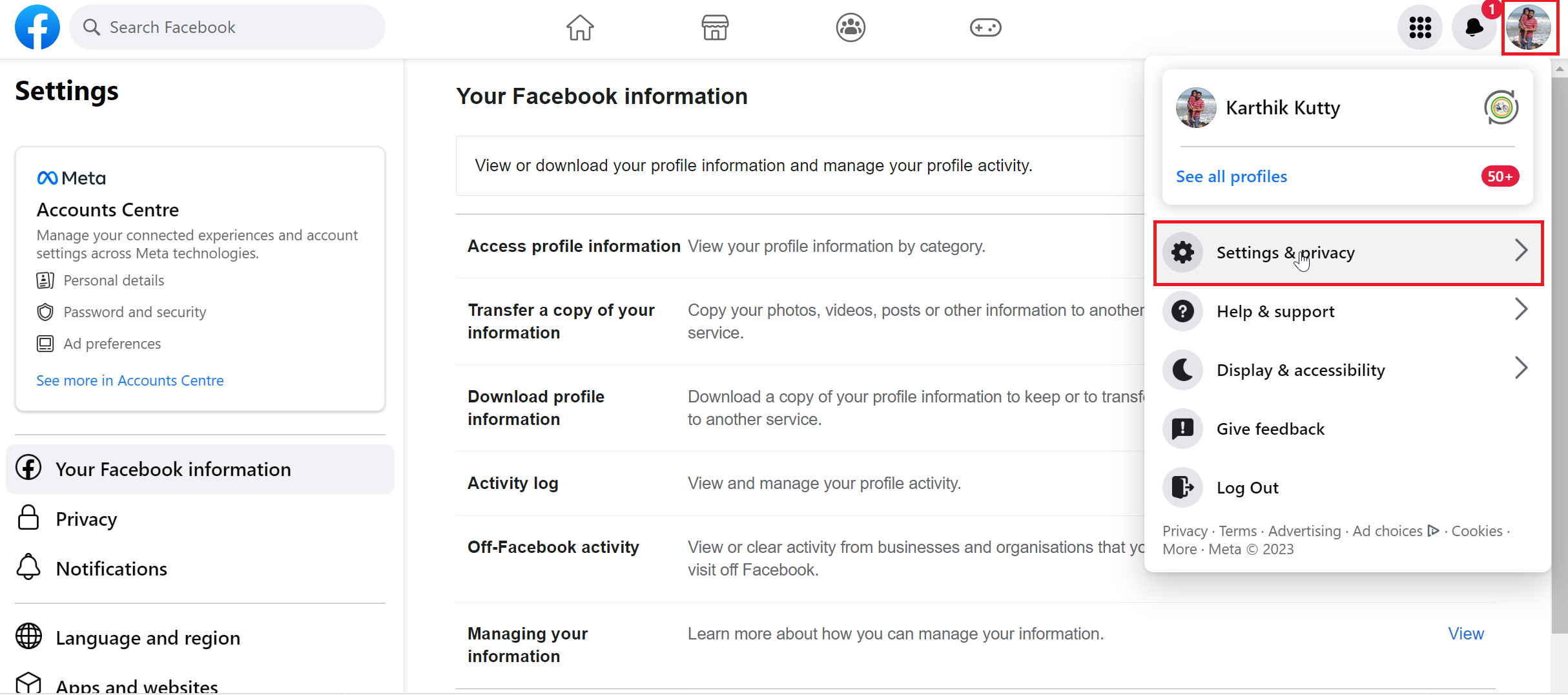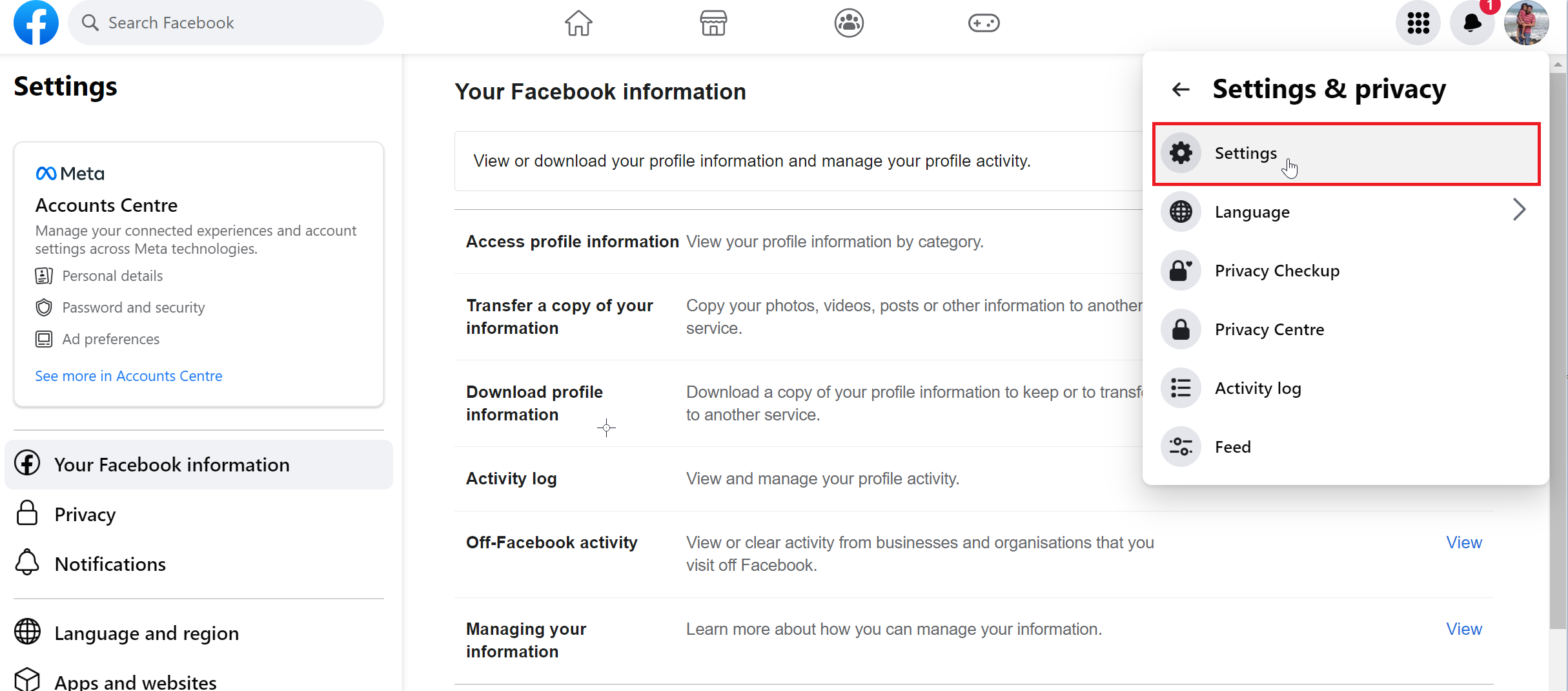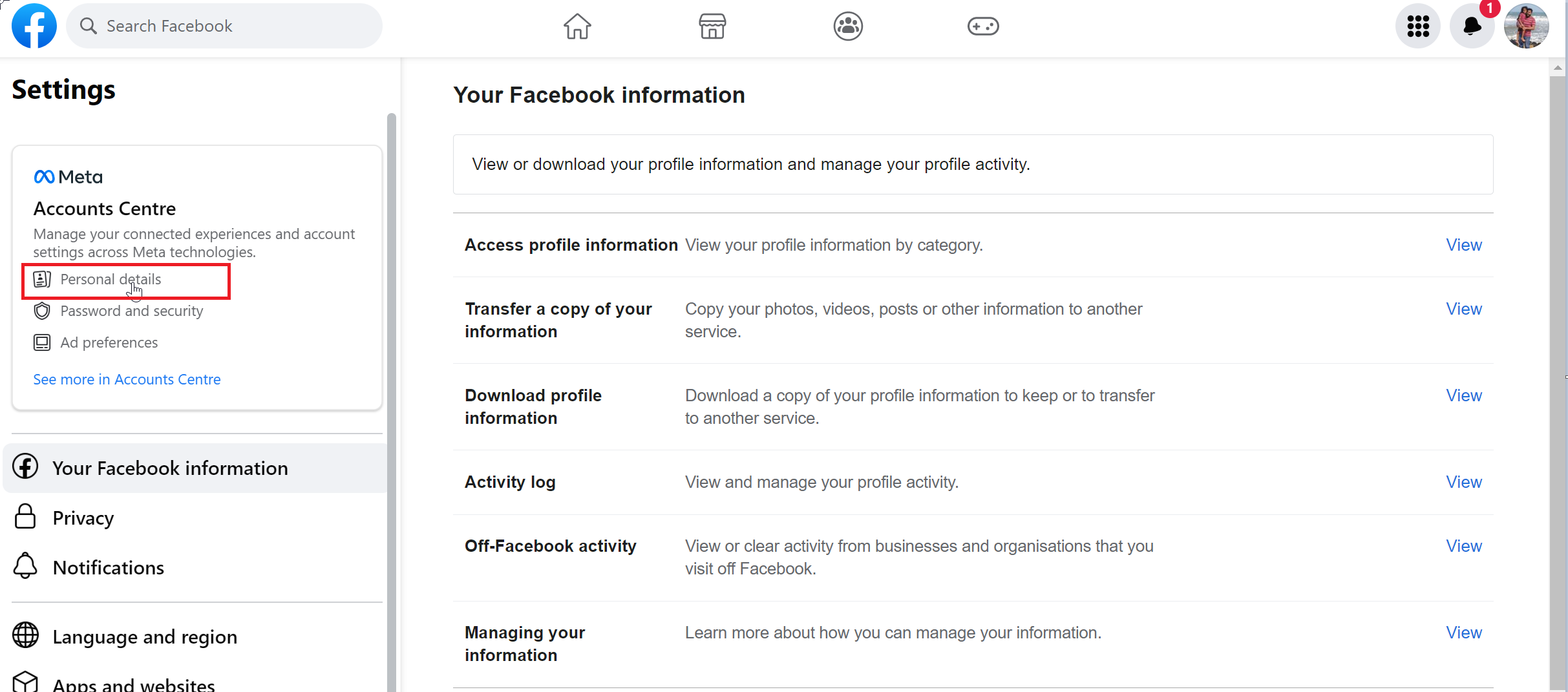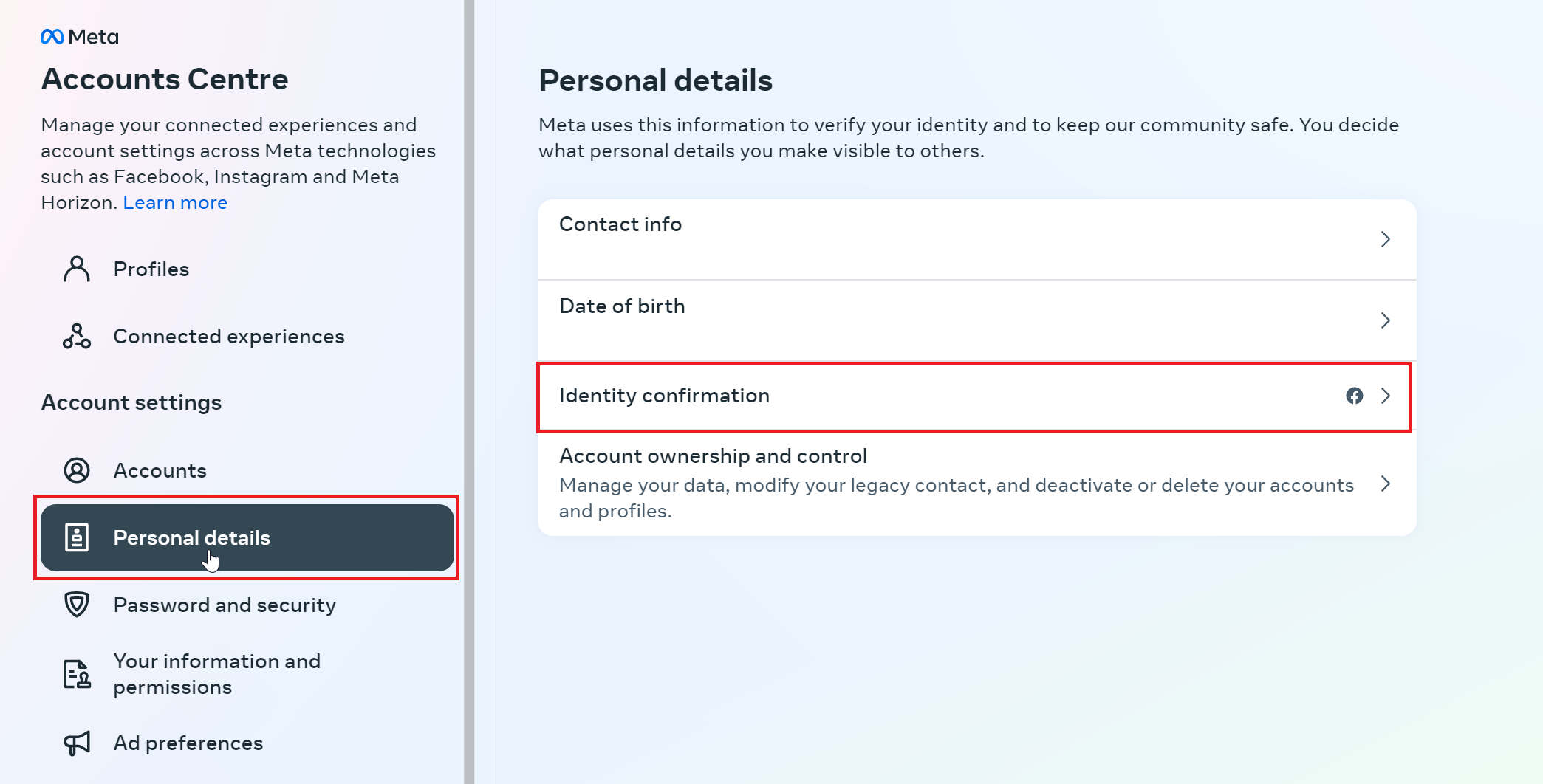Publishing authorization is a crucial step on Facebook that ensures the authenticity and security of page content. It helps to prevent spam, misinformation, and unauthorized use of pages. In this article, we will explain why page publishing authorization is required and provide a comprehensive step-by-step guide to completing the process on Facebook. Whether you’re a business owner, marketer, or individual, this guide will seamlessly help you navigate the Facebook Page authorization process with ease.

Why is Page Publishing Authorization Required?
Table of Contents
Maintaining Authenticity:
Facebook strives to maintain a trusted platform for users by ensuring that the pages and content shared are genuine and credible. The page publishing authorization process helps verify the authenticity of page administrators, preventing impersonation and unauthorized usage.
Preventing Spam and Misinformation:
Publishing authorization acts as a barrier against spam accounts and misleading information. By requiring authorization, Facebook can minimize the dissemination of fake news, clickbait, and deceptive content that can harm users’ trust and overall experience on the platform.
Protecting User Data:
Unauthorized access to pages can pose a significant security risk, potentially exposing sensitive user data. By implementing the publishing authorization process, Facebook adds an extra layer of protection, safeguarding both page administrators and the users who engage with the page.
Step-by-Step Guide to Completing Page Publishing Authorization:
Step 1: Accessing your primary profile account setting.
Log in to your Facebook account and navigate to the “Settings & privacy” on your profile icon at the top right corner of the page.

Click on the “Settings” tab located at the top of the pop-up content menu.

Step 2: Meta Accounts Centre
On the left-hand column menu, click on “Personal details.” in the Meta Accounts Centre box.

You will be prompted to see your Facebook Meta Account centre page. Click on the Personal details underneath of Account settings in the left-hand column to access your identity confirmation.

Step 3: Preparing Documentation
Ensure you have the necessary documents at hand. Facebook may require specific documents based on your page type, such as business verification documents or proof of association with an organization.
Step 4: Submitting Documentation
Click on the “Get Started” button to initiate the authorization process.
Follow the on-screen instructions to upload the required documents. Make sure the documents are clear, legible, and meet Facebook’s specifications.
Fill in any additional information requested, ensuring accuracy and completeness.
Step 5: Reviewing and Submitting
Double-check all the information and documents you have provided to ensure accuracy.
Review the terms and conditions, as well as Facebook’s community standards and policies.
Once you are satisfied with the information provided, click on the “Submit” button to send your authorization request to Facebook.
Step 6: Verification Process
Facebook will review your authorization request and the submitted documents.
The verification process may take some time, ranging from a few days to a few weeks, depending on various factors such as the volume of requests and the complexity of the verification.
Step 7: Confirmation and Notifications
You will receive a notification from Facebook once the authorization process is complete.
If your request is approved, you will gain publishing authorization for your page.
In case of any issues or missing information, Facebook will notify you and provide further instructions to rectify the situation.
Step 8: Complying with Guidelines and Best Practices
After receiving page publishing authorization, it is important to adhere to Facebook’s guidelines and best practices.
Regularly review and update your page content to ensure it aligns with Facebook’s community standards and policies.
Engage with your audience responsibly, fostering a positive and respectful online environment.
Conclusion:
Page publishing authorization is an essential process that helps maintain the integrity of Facebook pages and protects users from spam and misinformation.











Comment as a guest